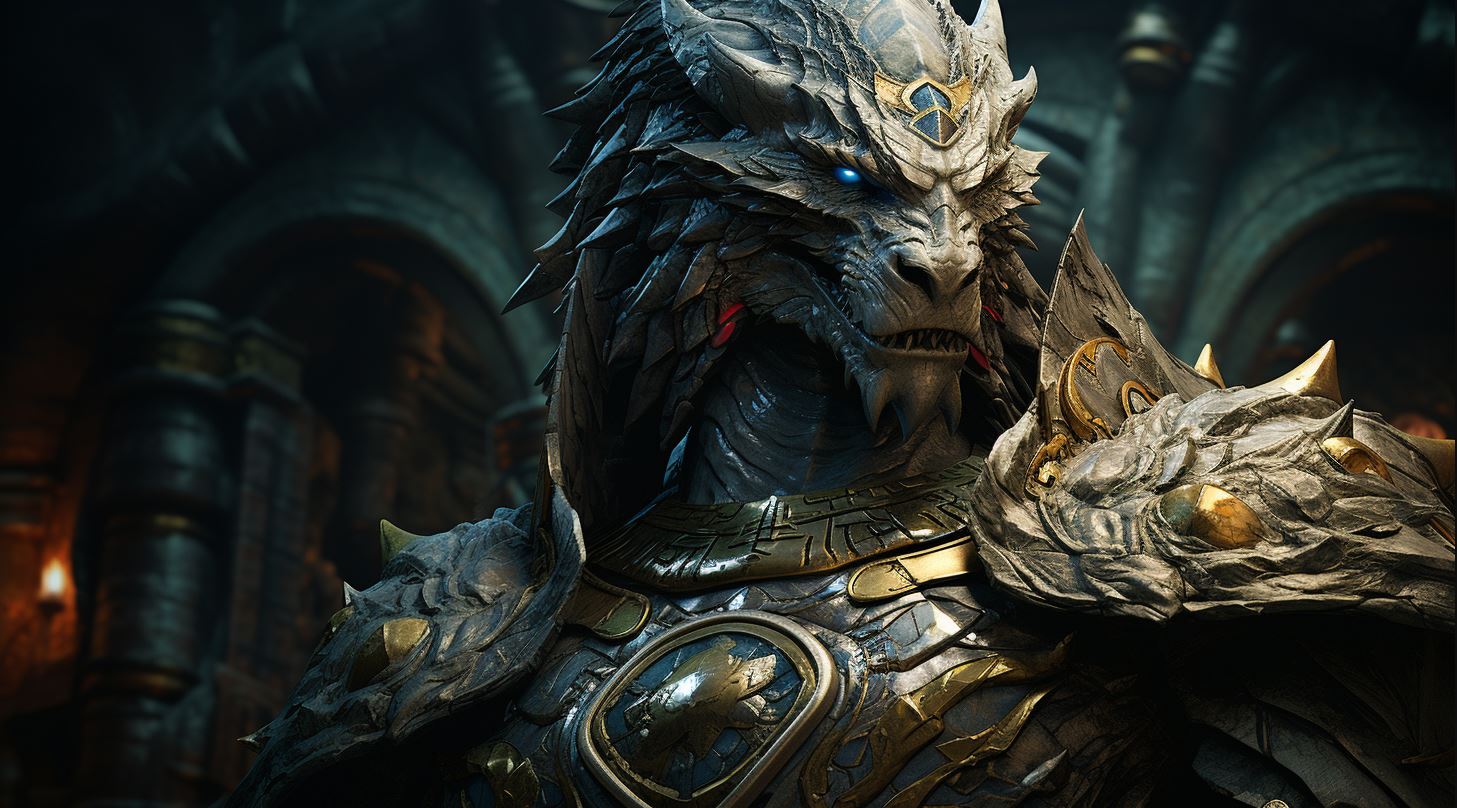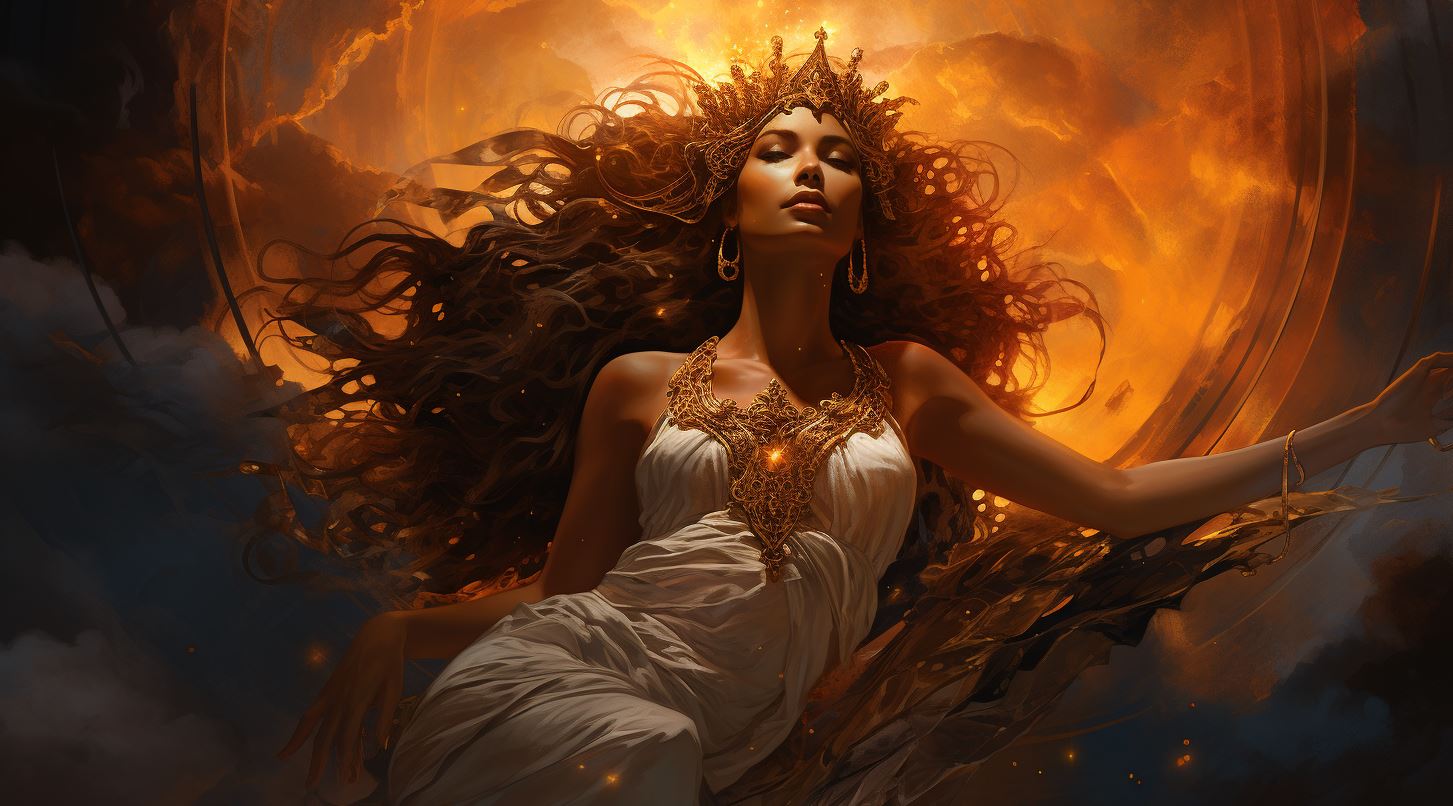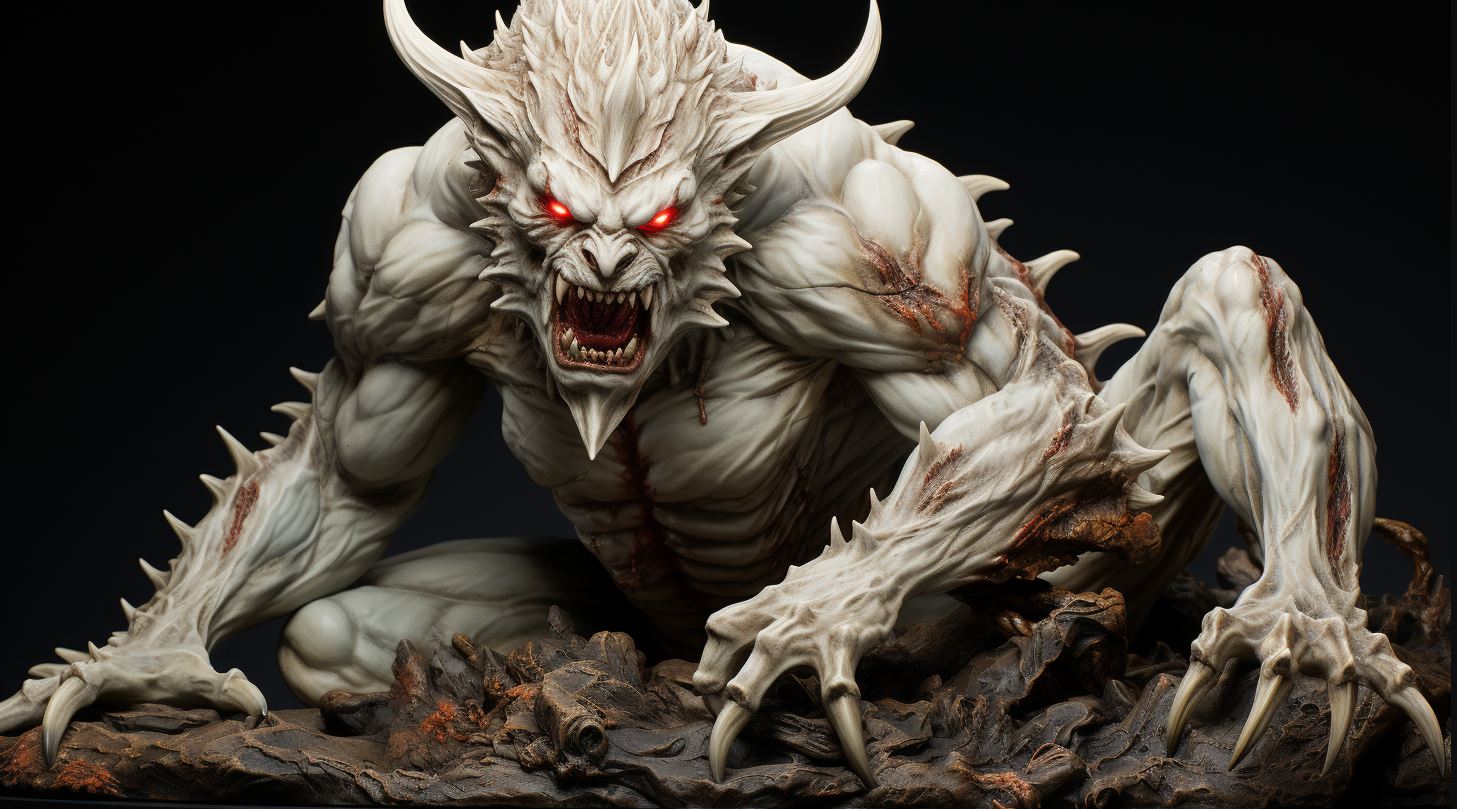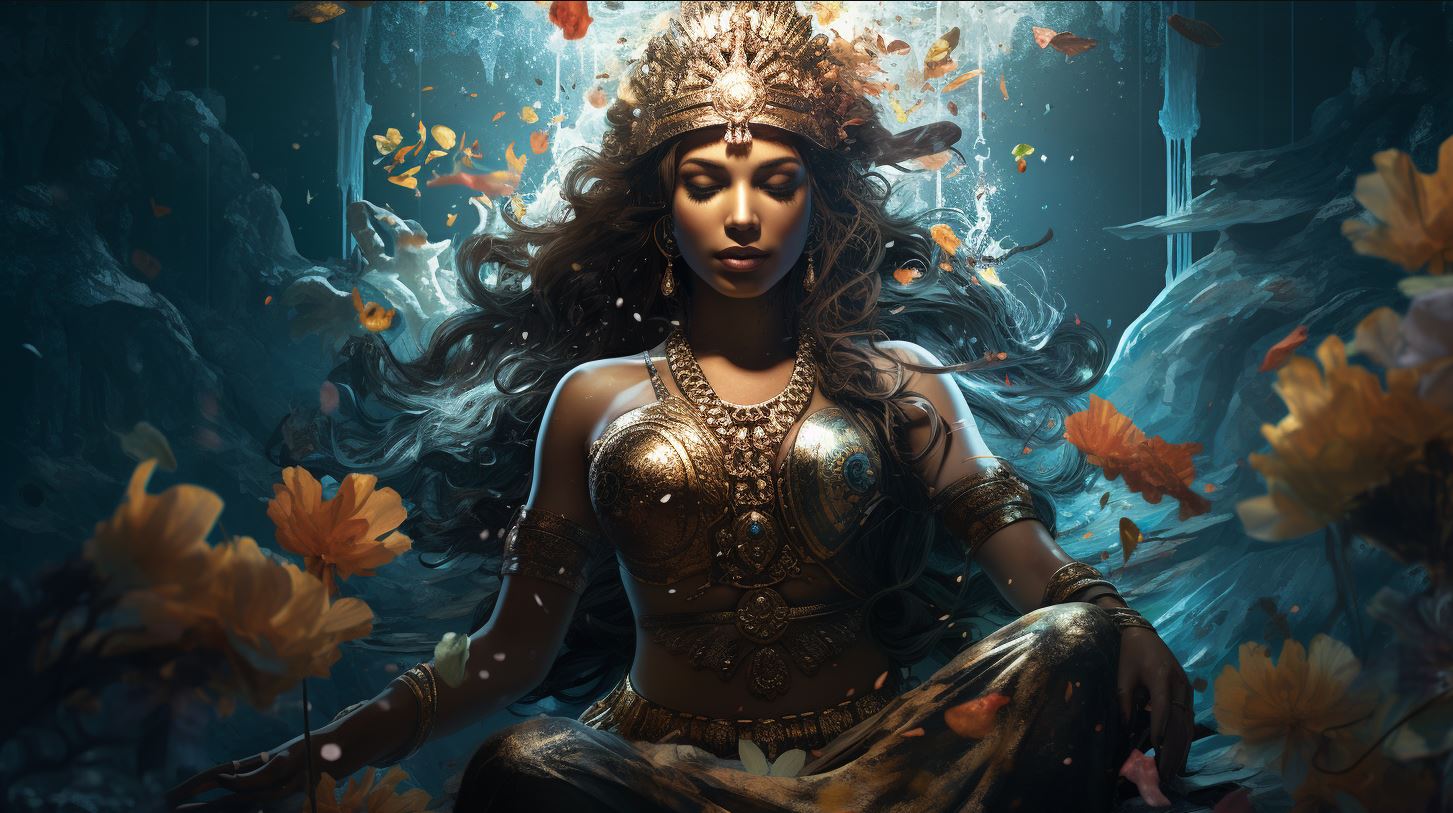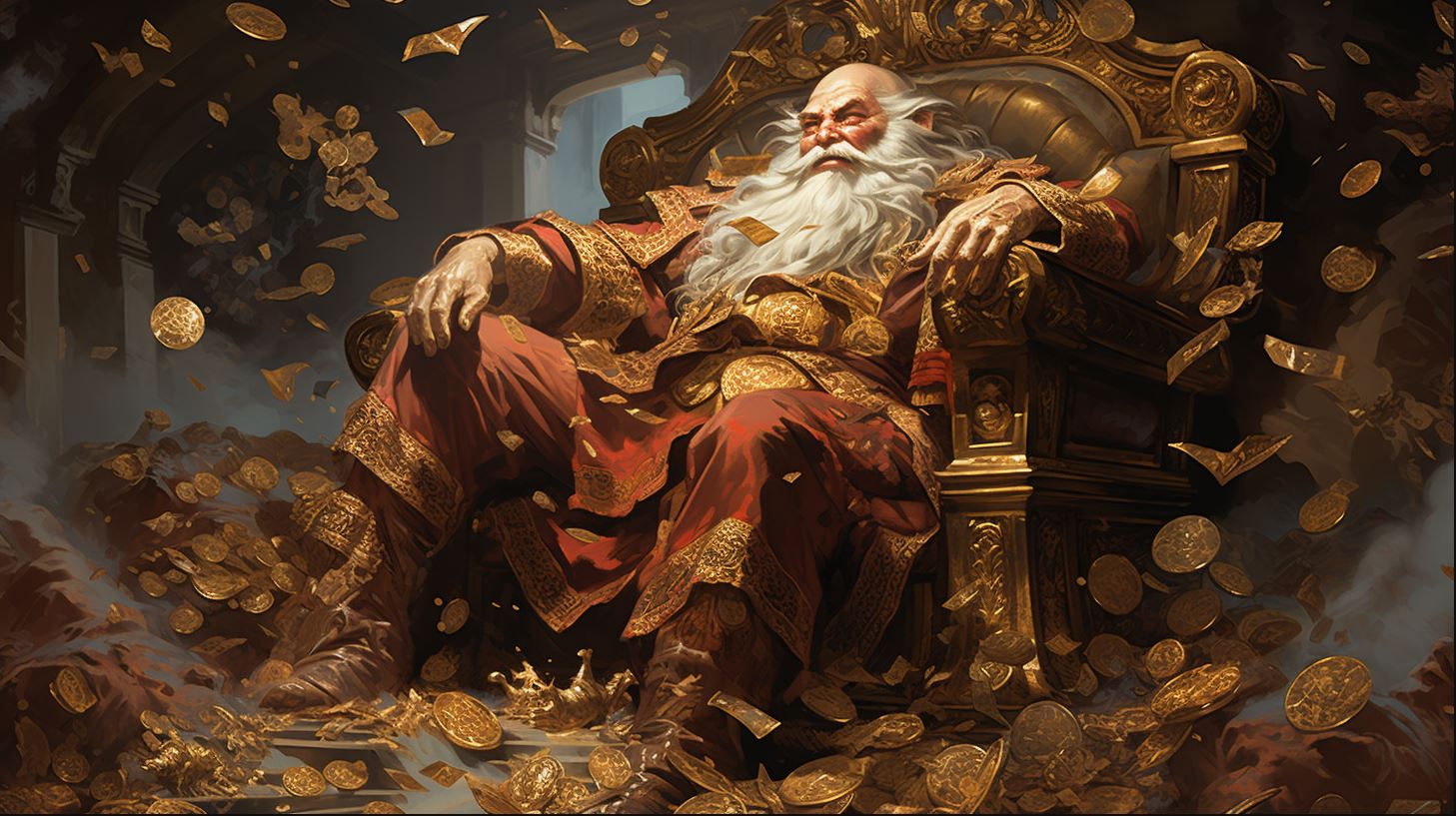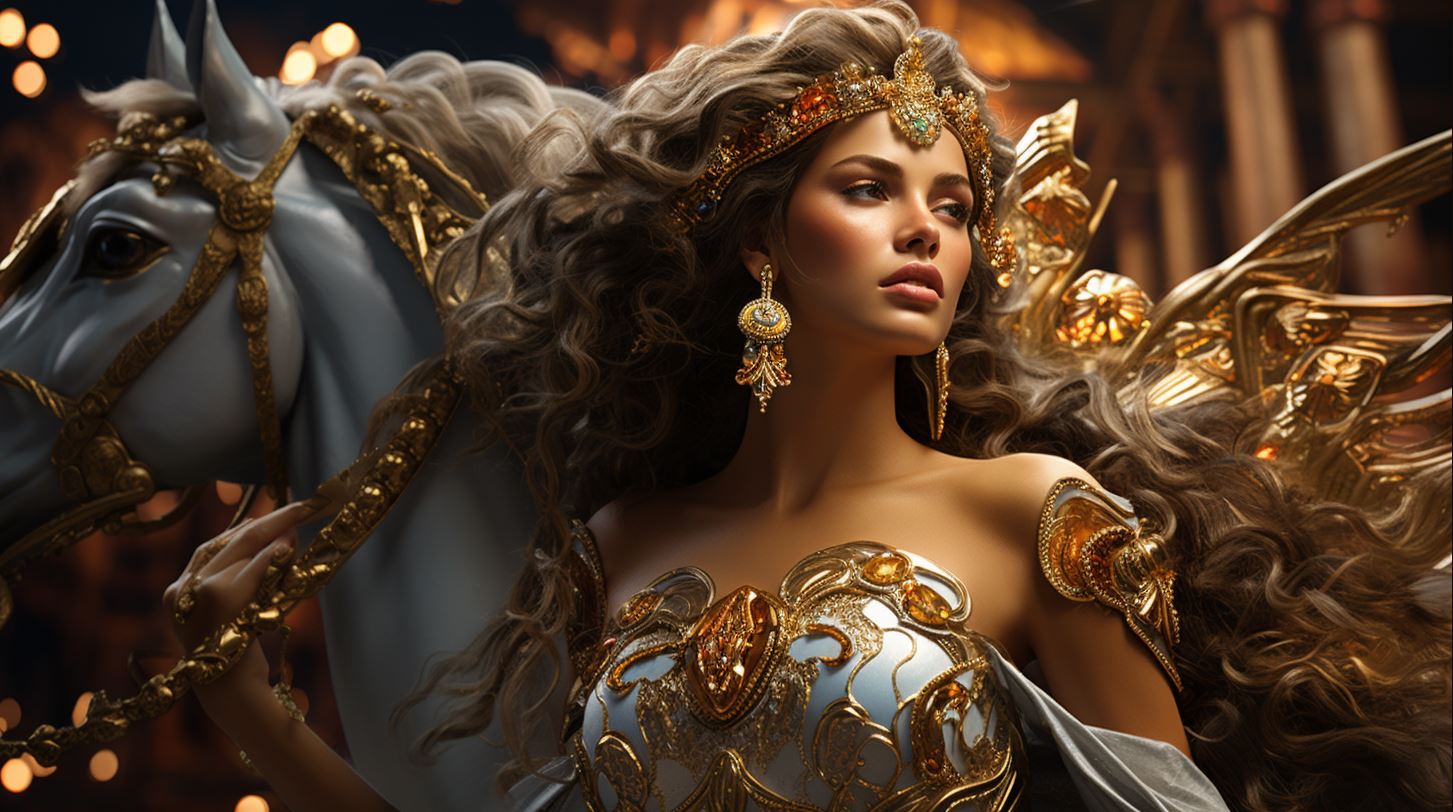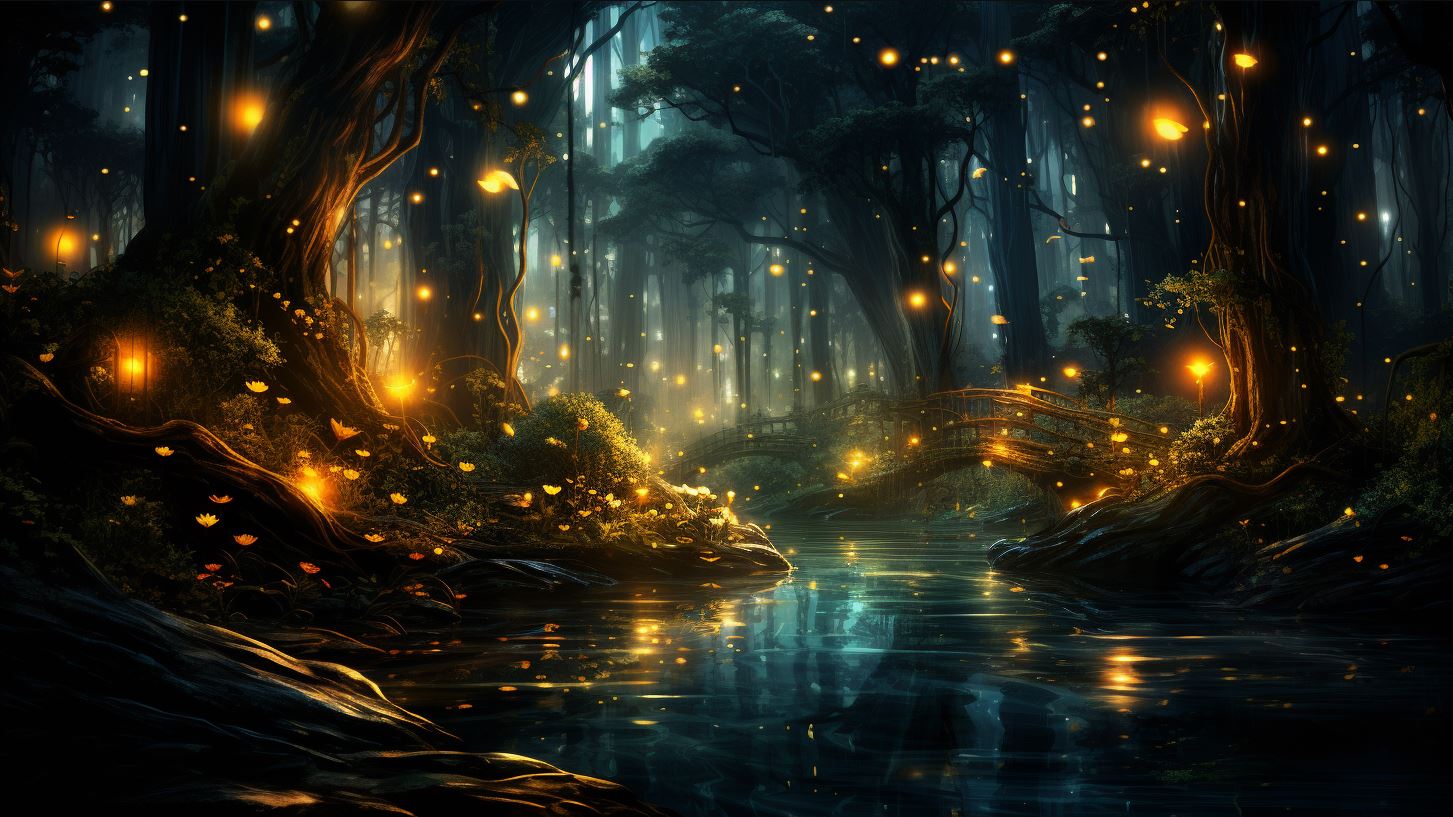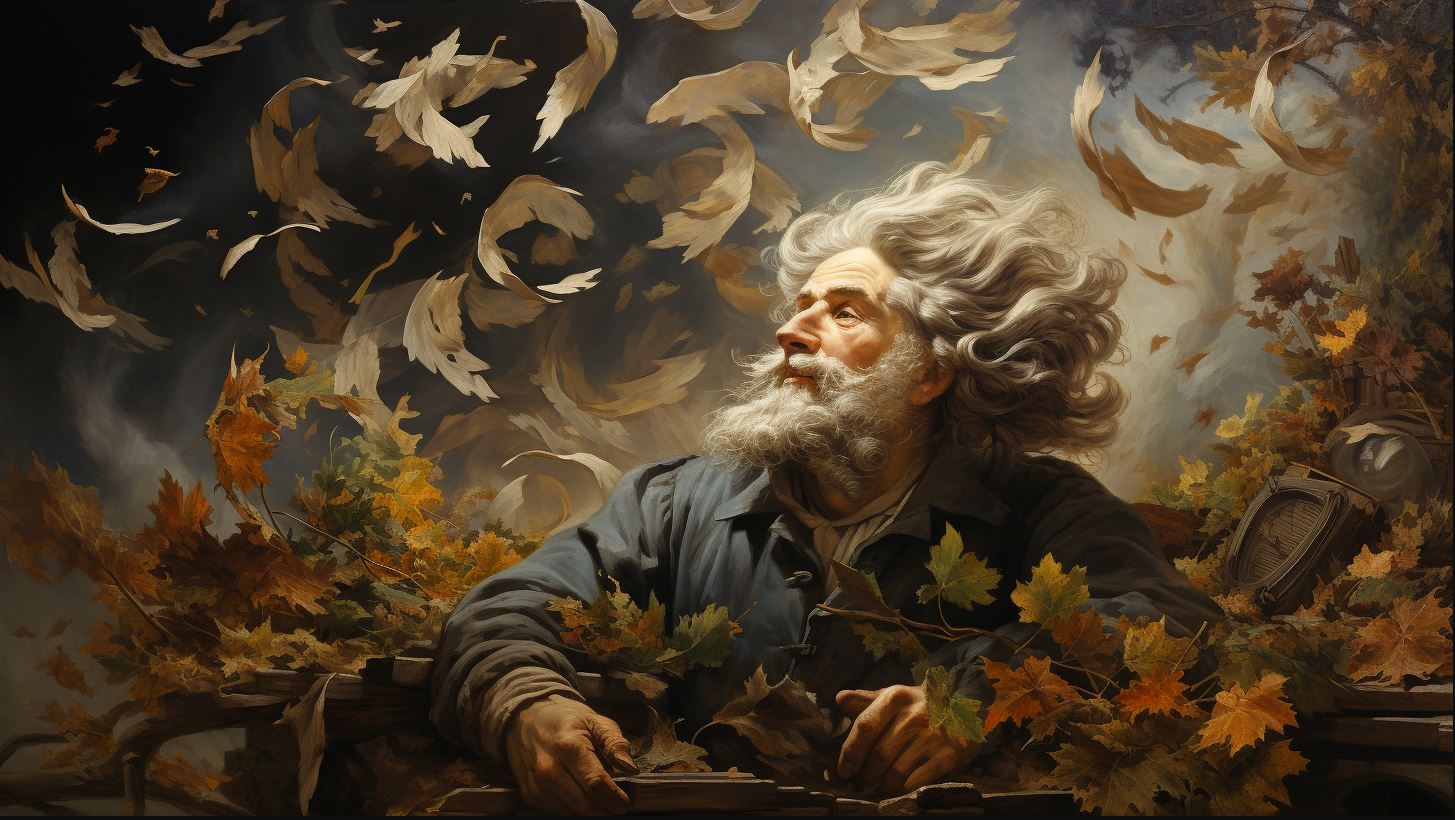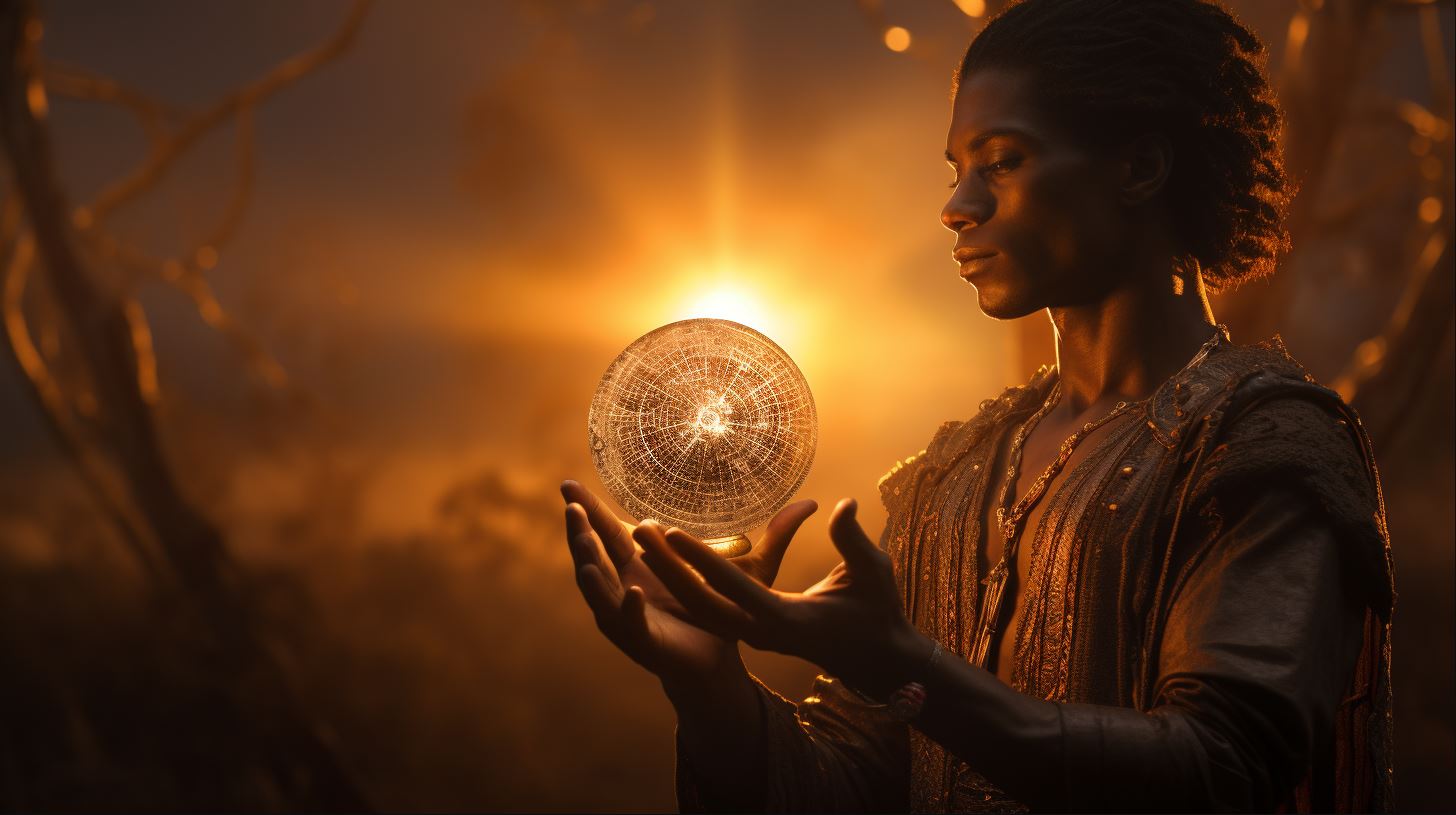Dahaka Persian God: Unveiling the Ancient Malevolence
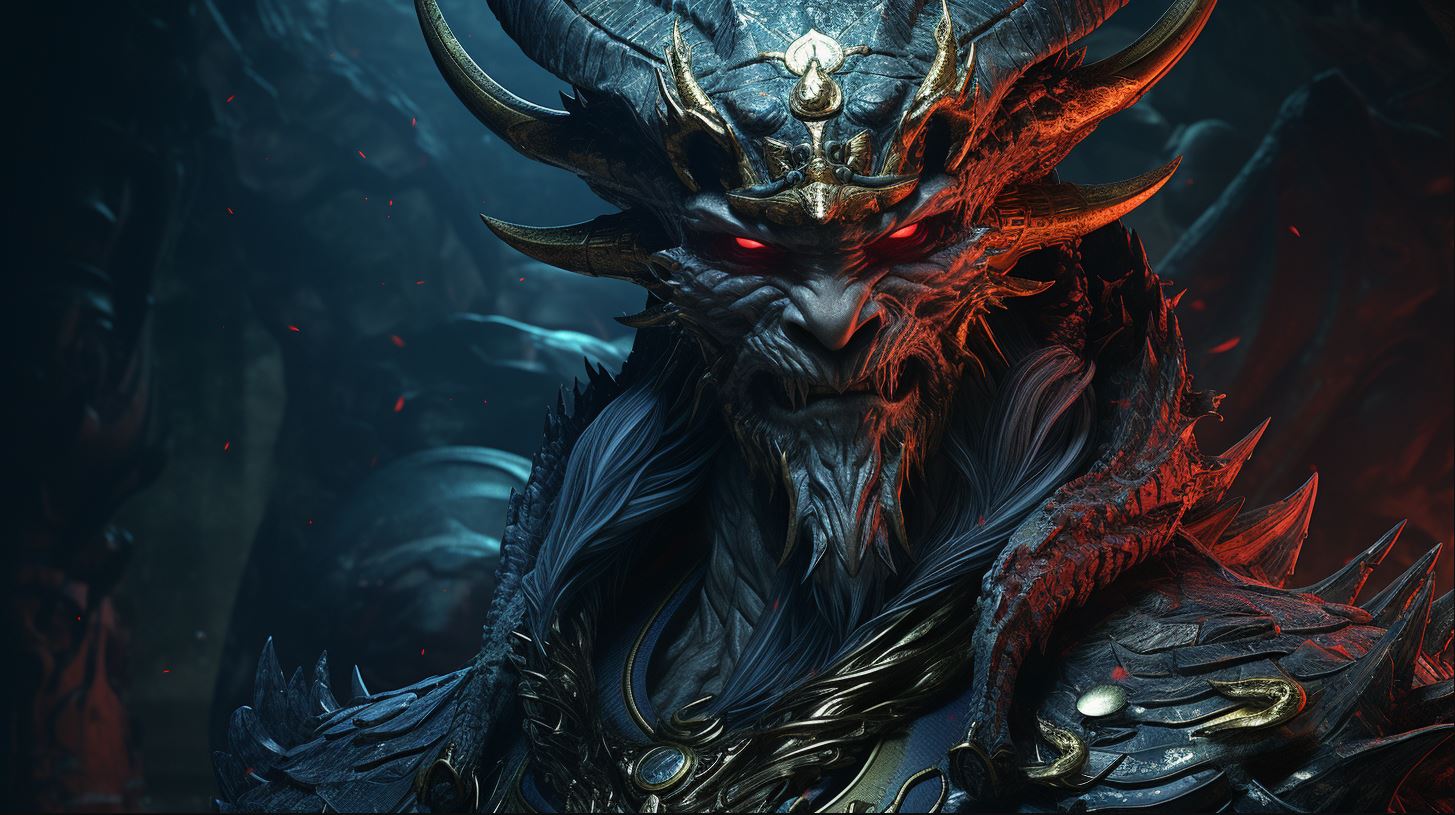
Dahaka Persian God, a malevolent deity in Persian mythology, embodies cruelty and evil. This ancient figure, also known as Aži Dahāka or Zahhak, is often depicted as a dragon-like king with serpents on his shoulders.
In popular culture, Dahaka has made appearances in video games like Prince of Persia: Warrior Within, Final Fantasy XIII, Final Fantasy XI, and StarCraft II: Heart of the Swarm. Legends tell of Azhi Dahaka, a tyrant defeated by the hero Thraitauna, while other creatures associated with Dahaka include monsters, nightmares, toxic terrors, and abyssal beings.
With three heads, six eyes, and wings blocking the sun, Azhi Dahaka symbolizes malevolence, corruption, and is linked to storms and diseases.
The Mythology of Dahaka Persian God
Dahaka Persian God holds great significance in Persian mythology, encompassing several intriguing figures. Let’s explore the origins and significance of this ancient deity, starting with Aži Dahāka, the cruel dragon king.
Origins and Significance in Persian Mythology
The origins of Dahaka Persian God can be traced back to Persian mythology, where it holds a prominent place. Within this rich mythological framework, Dahaka represents malevolence, corruption, and the embodiment of evil.
The tales surrounding Dahaka offer insights into the moral and spiritual beliefs of ancient Persian civilizations.
Aži Dahāka: The Cruel Dragon King
Aži Dahāka, also known as Zahhak, assumes the role of a malevolent dragon king. Legends depict him as a tyrannical ruler plagued by a thirst for power. His cruelty and wickedness are unmatched, and his reign is marred by oppressive rule and unfathomable violence.
This representation of Dahaka highlights the societal fears surrounding absolute power and serves as a cautionary tale.
Zahhak: The Evil King with Serpents on His Shoulders
Zahhak, another manifestation of Dahaka Persian God, stands out as an infamous figure with serpents coiling around his shoulders. These serpents symbolize the inherent evil within him, constantly whispering wicked thoughts and driving him towards his dark desires.
Zahhak’s malevolence is further accentuated by the serpents’ insatiable hunger for human brains—a striking and gruesome visualization of his wickedness.
Dahaka Persian God in Popular Culture
In today’s popular culture, the ancient figure of Dahaka Persian God has captured the imagination of many, making appearances in various forms of media. From video games to movies, Dahaka continues to leave a lasting impression on audiences worldwide.
Let’s take a closer look at some notable portrayals of Dahaka in the realm of popular culture.
The Dahaka in Video Games
Video game enthusiasts will recognize Dahaka from several popular titles where he takes on different iterations and challenges players in epic battles.
Prince of Persia: Warrior Within
The Dahaka is a formidable enemy in the video game Prince of Persia: Warrior Within. Players must navigate treacherous environments and confront the relentless pursuit of this fearsome creature.
Final Fantasy XIII
In the world of Final Fantasy XIII, Dahaka emerges as a formidable boss, requiring players to utilize their skills and strategies to overcome its power.
The battle against Dahaka is a memorable and intense experience in this beloved RPG series.
Final Fantasy XI
Dahaka also makes an appearance in Final Fantasy XI as a challenging level boss known as Azi Dahaka. Players must band together to face this powerful creature and emerge victorious.
StarCraft II: Heart of the Swarm
In the popular real-time strategy game StarCraft II: Heart of the Swarm, Dahaka takes the form of a primal zerg creature known as Dehaka.
Players encounter Dehaka as a formidable adversary while navigating the complex intergalactic conflicts within the game.
These video game adaptations bring Dahaka Persian God to life in unique and thrilling ways, immersing players in epic battles against this malevolent force.
Stay tuned for more explorations of Dahaka Persian God and its fascinating presence in different aspects of our culture.
Azhi Dahaka: Defeat and Heroic Tales
Azhi Dahaka, a tyrant with the form of a serpent in Iranian mythology, is known for his malevolence and cruelty. However, his reign of terror was ultimately brought to an end by the heroic figure Thraitauna.
This section delves into the captivating tales of Thraitauna and Azhi Dahaka, showcasing the triumph of good over evil.
Thraitauna: The Hero Who Overcame Azhi Dahaka
In the epic battle against Azhi Dahaka, Thraitauna emerged as the legendary hero who succeeded in vanquishing the fearsome serpent-like tyrant. With unwavering determination, Thraitauna demonstrated exceptional bravery, skill, and cunning strategy.
Through a series of intense confrontations and perilous encounters, Thraitauna was able to exploit Azhi Dahaka’s weaknesses and exploit them to secure victory.
The hero’s exploits against Azhi Dahaka have been immortalized in various ancient texts and oral traditions.
Thraitauna’s legendary status resonates to this day, serving as an inspiration for those who strive to overcome seemingly insurmountable challenges.
Deconstructing Azhi Dahaka’s Tyrannical Form
Azhi Dahaka’s fearsome appearance played a significant role in his reign of terror. Described as a monstrous being, Azhi Dahaka possessed three heads, each adorned with six piercing eyes. This multifaceted vision allowed him to maintain a constant watch over his domain, instilling fear and torment among his subjects.
Moreover, Azhi Dahaka’s wings were said to be able to shroud the sun, casting shadow and darkness wherever he flew. This attribute served as a metaphor for his corruption and the suppression of hope and light within his dominion.
Symbolically, Azhi Dahaka represents the embodiment of evil, corruption, and chaos. His association with storms and diseases further accentuates the destructive nature of his character, reflecting his ability to unleash devastation upon the world.
As we delve deeper into the tales surrounding Thraitauna and Azhi Dahaka, we uncover the heroic spirit that triumphs over darkness and the power of resilience in the face of formidable adversity.
Dahaka and Other Creatures in Persian Mythology
In addition to the formidable figure of Dahaka Persian God, Persian mythology is teeming with various other creatures that evoke both fascination and terror. These creatures not only provide depth to the rich lore surrounding Dahaka but also add an air of mystique to the ancient stories.
Monsters of the Past
The mythology of Dahaka intersects with tales of monstrous beings from the past. These creatures, often depicted as legendary beasts or powerful entities, are said to have roamed the world in eras long gone.
From the fearsome griffins to the enigmatic sphinxes, the stories of these monstrous entities captivate the imagination and instill a sense of awe.
Natural Nightmares
Within the Persian mythological realm, lurk the natural nightmares that haunt the dreams of mortals. These malevolent entities embody the darker aspects of nature, incorporating elements such as twisted flora and fauna or eerie, supernatural phenomena.
From the forest-dwelling ghostly apparitions called kanipar to the spectral wails of the naghali in desolate landscapes, these creatures epitomize the unsettling forces of the natural world.
Toxic Terrors
Among the mythical beings associated with Dahaka, a notable group encompasses the toxic terrors. These creatures are often described as venomous and poisonous, capable of unleashing their deadly powers upon unsuspecting victims.
From the serpentine demons known as vriskas, whose venomous bites bring excruciating pain, to the noxious djinns that emanate toxic vapors, encounters with these entities are fraught with danger and potentially lethal consequences.
Creatures from the Abyss
Descending into the depths of Persian mythology reveals a host of creatures that originate from the abyss. These mysterious beings, often associated with otherworldly realms or the darkest corners of existence, possess unfathomable powers.
Among them are the shadowy netherhounds, whose presence spreads an insidious aura of dread, and the shape-shifting abominations known as asrae who dwell in the endless void. These creatures from the abyss embody the very essence of the unknown and elude comprehension.
Exploring the depths of Persian mythology’s diverse bestiary, from monsters of the past to natural nightmares, toxic terrors, and creatures from the abyss, offers a glimpse into the multifaceted world surrounding Dahaka Persian God.
These mythological beings further enrich the tapestry of ancient Persian folklore, adding layers of complexity and wonder to the captivating tales of yore.
Characteristics and Attributes of Azhi Dahaka
As the embodiment of malevolence and corruption, Azhi Dahaka possesses distinct characteristics and attributes that make him a formidable figure in Persian mythology. Let’s explore these traits in detail:
Three-Headed Monstrosity with Six Eyes
Azhi Dahaka is described as a terrifying three-headed creature, each head representing a different aspect of his evil nature.
With six menacing eyes, he can perceive the world from multiple perspectives, making him a formidable force to be reckoned with.
Wings that Conceal the Sun
One of Azhi Dahaka’s most striking features is his immense wings, which have the power to eclipse the sun itself. These wings symbolize his ability to cast darkness and chaos wherever he goes, shrouding the world in his malevolent influence.
Symbolism of Evil, Corruption, and Connections to Storms and Diseases
Azhi Dahaka represents the epitome of evil and corruption in Persian mythology. He stands as a dark force, associated with the unleashing of devastating storms and the spread of diseases.
His presence serves as a testament to the ongoing struggle between good and evil in the world.
In conclusion, Azhi Dahaka embodies the essence of malevolence and represents a force that seeks to corrupt and disrupt the natural order of things.
With his three heads, six eyes, wings that cloak the sun, and associations with storms and diseases, he surpasses mere mortal understanding. The tales of Azhi Dahaka serve as a reminder of the eternal battle between light and darkness, good and evil.
.











